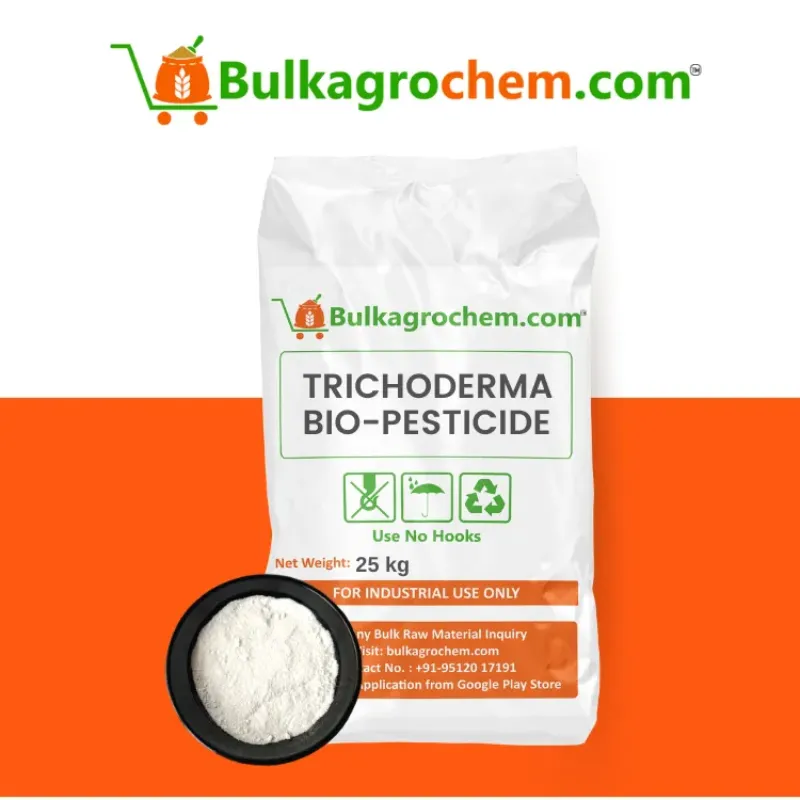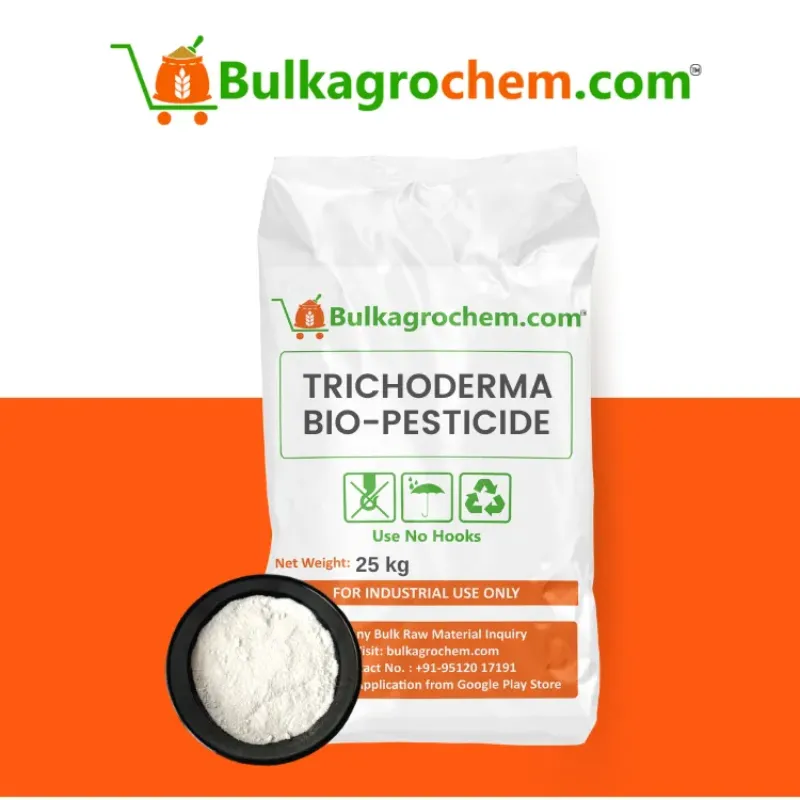Rice is the backbone of world food security, particularly in Asian nations such as India, where rice is a main crop. Nonetheless, one of the greatest hazards to rice cultivators is an extreme disease known as bacterial leaf blight of rice. Not only does this destructive disease diminish yield but it also lowers grain quality, and hence, involves heavy economic loss. Knowledge of rice bacterial leaf blight, symptoms, causes, and control procedures can enable the farmer to make timely and suitable interventions to protect the crop.
What is Bacterial Leaf Blight of Rice?
Bacterial leaf blight of rice is a bacterial disease caused by the bacterium Xanthomonas oryzae pv. oryzae. The disease mainly infects the vascular system of the plant, causing wilting and desiccation of leaves. It is extremely infectious and can spread quickly, particularly under warm and humid weather conditions. The disease usually infects the plant through injuries or natural structures such as stomata and hydathodes.This disease has long been an issue in rice production, particularly in areas where monsoon rains predominate during the growing season. The disease tends to be reported by farmers after rainstorms or storm damage, facilitating the invasion of plant tissue by the bacteria. Once the bacteria have invaded the plant, they rapidly increase and travel in the xylem, clogging water transport and producing obvious symptoms.
History of bacterial leaf blight of rice illustrates its catastrophic effect throughout much of Asia, with documented epidemics lowering the productivity of crops by as much as 60% in some regions. Though being an ancient disease, it still proves challenging to current rice cultivation because of shifts in the climate, resistant varieties of bacteria, and excessive monocropping.
Symptoms of Rice Bacterial Leaf Blight
Detection of initial symptoms of rice bacterial leaf blight is significant for early control. Symptoms are different depending upon the plant's age and climate:- Leaf Tip Yellowing: Initial symptom appears as yellow tip of the leaves, which develops gradually down along the margins.
- Water-soaked Lesions: Water-soaked lesions on the leaves can also coalesce to infect the whole leaf blade.
- Wavy Margins: When the disease is more advanced, lesions have wavy margins and a yellow halo.
- Drying of Leaves: Finally, leaves affected by this disease dry completely, resulting in diminished photosynthesis.
- V-shaped Lesions: With very heavy infection, V-shaped lesions starting from the leaf tip are characteristic.
- Milky Dew Drops: Dew drops are milky, sticky, and include bacteria during the early morning hours on young lesions.
- Wilting in Seedlings: Young plants can be killed and cause wilting due to severe infection.
- Browning of Veins: Veins of leaves are discolored and turned brown as the disease progresses.
- Decreased Tillering: Tillers of plants with severe bacterial leaf blight of rice are fewer in number, thus less panicle formation.
Causes and Dissemination of Bacterial Leaf Blight of Rice
Multiple factors attribute to the disseminated and prevalent incidence of bacterial leaf blight of rice:- Presence of pathogen: Bacterium Xanthomonas oryzae pv. oryzae is responsible primarily.
- Infected Seeds: Use of affected seeds can distribute the bacterium in healthy plantations.
- Infected Irrigation Water: Groundwater contaminated by the bacterium is a top vector of dispersal.
- Excessive Rain and High Humidity: Warm, humid environments ensure fast bacterial increase.
- Plant Injuries: Mechanical damage through wind, insects, or man results in facilitation of bacterial entry.
- Vulnerable Varieties: Growing susceptible varieties of rice enhances susceptibility.
- Unhygienic Farming Practices: Recycling infected tools or machinery also carries the disease forward.
How Bacterial Leaf Blight of Rice Impacts Yield
Bacterial leaf blight of rice causes 10% to 60% yield loss depending on the infection stage and environmental conditions. It results in:- Poor filling of grains
- Panicled size reduction
- Light weight of grains
- Young grains
- Husks discoloration
- Deteriorated marketability
- Seed viability reduction
Effective Methods of Controlling Bacterial Leaf Blight of Rice
Controlling bacterial leaf blight of rice requires an integrated management consisting of cultural, biological, and chemical measures. These are the most efficient measures to take:1. Employment of Disease-Free Seeds
Employ only certified disease-free seeds to exclude initial entry of the pathogen. Certification bodies guarantee seeds that have been developed in aseptic conditions so that infection may not take place.
2. Seed Treatment
Hydroseeding of seeds in a hot water solution (52°C for 30 minutes) or bactericide can kill pathogens. Biological seed treatments can also suppress early bacterial activity.
3. Cultivation of Resistant Varieties
Select rice varieties tolerant or resistant to bacterial blight of rice. A few government and private research centers in India are working on incorporating better strains such as IR64, Pusa Basmati, and DRR Dhan series.
4. Crop Rotation
Prevent continuous rice cropping. Rotate with legumes or other crops to interrupt the disease cycle. Crop diversification also keeps the soil healthy and breaks the lifecycle of the bacteria.
5. Balanced Fertilization
Prevent excessive nitrogen. Use balanced amounts of NPK and micronutrients to boost plant immunity. Excessive use of nitrogen promotes excessive vegetative growth, which makes plants vulnerable to bacterial attack.
6. Proper Irrigation Practices
Prevent water stagnation and ensure adequate drainage to minimize bacterial transmission. Employ controlled irrigation systems such as alternate wetting and drying (AWD) to minimize humidity near the plant base.
7. Field Sanitation
Hygienically clean farm equipment, clear crop residues, and dispose of infected crops to avoid re-infection. Equipment used in infected fields must be disinfected using bleaching chemicals or potassium permanganate solution.
8. Early Planting
Prevent late planting because young crops are easily attacked by bacteria. Schedule sowing and transplanting schedules according to regional climate bulletins.
9. Application of Bactericides and Bio-Products
Spray suggested bactericides or organic products that are efficient against bacterial leaf blight of rice. Copper sprays, antibiotics such as streptomycin (used with caution), and biocontrol products such as Pseudomonas fluorescens have been found effective.
10. Monitoring and Surveillance
Scout fields regularly to identify symptoms early and act quickly. Mobile applications, drones, and remote sensing can be used to detect early.
The Climate's Role in Bacterial Leaf Blight of Rice
Climate is an important factor in the occurrence of bacterial leaf blight of rice. Extended rainy seasons, high humidity, and temperatures ranging from 25°C to 34°C are conducive to disease development. Climate variability in recent years has led to changes in disease outbreak patterns, which have surprised most farmers.Microclimatological alterations of rice fields, like the generation of high humidity pockets through inaccurate spacing, further lead to spatial outbreaks of the disease.
Farmer Awareness and Education
Knowledge dissemination among farmers regarding the life cycle, appearance, and management of bacterial leaf blight of rice is necessary. Local farm departments, extension officers, and agri-tech platforms need to organize workshops, disseminate informational content, and offer hands-on training to enhance farmer response.Collaboration between the government and the private sector is important in disseminating awareness at the grassroots level. Knowledge dissemination can also be done through digital platforms, providing alerts and advisories on the move.
Research and Innovations
Current research in agricultural biotechnology is investigating:- Genetic modification of resistant rice varieties
- Nanotechnology-based bactericide use
- Disease monitoring using drones
- Artificial intelligence-based early warning systems
- Maneuvering the soil microbiome for disease suppression
Bulk Agrochem Recommendations for Bacterial Leaf Blight Management
Bulk Agrochem provides a number of effective and environmentally friendly solutions to control bacterial leaf blight of rice:- BioGuard-X – Broad-spectrum bio-bactericide controlling Xanthomonas with high efficacy
- CleanSeed Treatment Pack – Seed treatment specifically designed to keep the pathogen out
- GrowShield Liquid – Foliar spray that boosts plant immunity and suppresses secondary infection
- NutriMax NPK+ – Balanced nutrient product for minimizing susceptibility to disease
FAQs





